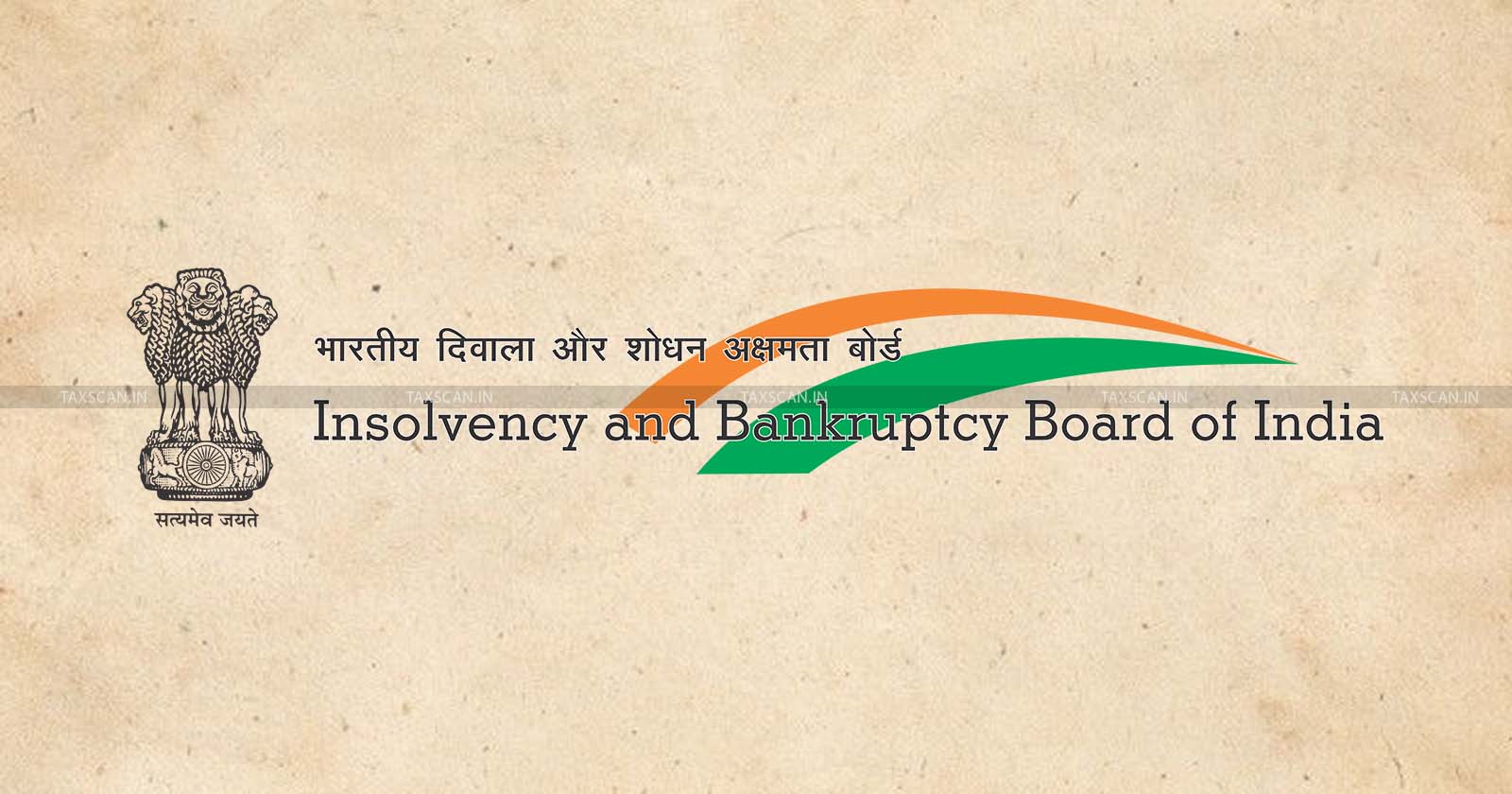IBBI Notifies Launch of Revised forms for CIRP: Existing 9 forms Consolidated to 5 Simplified Forms - Find Forms Here! [Read Circular]
The new forms and filing mechanisms shall be highly automated, reducing compliance burden on Professionals while effectuating increased regulatory oversight

IBBI - CIRP - IBBI forms - taxscan
IBBI - CIRP - IBBI forms - taxscan
The Insolvency and Bankruptcy Board of India (IBBI) has notified the launch of a new set of Corporate Insolvency Resolution Process (CIRP) forms in a bid to simplify and streamline the process for the Interim Resolution Professionals (IRPs) and Resolution Professionals (RPs).
The UAE Tax Law Is Evolving — Stay Ahead Before Clients Find Someone Who Already Is - Click here
The nine CIRP forms IP-1 and Forms 1 to 8 shall be replaced with five consolidated and streamlined forms named CP-1 to CP-5. As per the latest guidelines, the overhaul shall be effective from June 1, 2025.
The revised forms have been introduced under the IBBI (Insolvency Resolution Process for Corporate Persons) (Third Amendment) Regulations, 2025, which were officially notified on May 19, 2025, via Gazette Notification No. IBBI/2025-26/GN/REG126.
IBBI Updates CIRP Regulations: New Form and Fees for RP Form Filings under Rule 40B [Read Notification] Read More
Who Does this Affect?
Insolvency Professionals (IRPs/RPs): Required to file all revised forms; directly impacted by new workflows and timelines.
Corporate Debtors: Their proceedings are documented through these forms, influencing resolution progress.
Committee of Creditors (CoC): Relies on timely disclosures for decision-making and oversight.
IBBI and Regulators: Use submitted data for monitoring, audits, and policy formulation.
Adjudicating Authorities (e.g., NCLT): Benefit from standardized filings for efficient case handling.
IBBI Introduces Regulation on Non-Submission of Repayment Plan by Personal Guarantors Read More
As stated, the new forms shall ease compliance burdens for Insolvency Professionals (IPs), ensure standardization of data, and facilitate improved oversight through automated filings on digital platforms maintained by IBBI.
Each of the five revised forms is mapped to a distinct stage of the CIRP life cycle:
- CP-1 covers the period from initiation of CIRP up to the constitution of the Committee of Creditors (CoC).
- CP-2 spans from the constitution of the CoC to the issuance of the Request for Resolution Plan (RFRP).
- CP-3 has been bifurcated into CP-3A and CP-3B: CP-3A pertains to applications filed with the Adjudicating Authority, and CP-3B records the final disposal of such applications.
- CP-4 exclusively pertains to avoidance transaction (preferential, undervalued, extortionate credit, fraudulent) reports.
- CP-5 introduces a mandatory, standardized monthly status reporting mechanism to be filed on or before the 10th of each month.
Monthly Filing
One of the key features through this reform is the shift from event-driven submissions to a standardized monthly reporting cycle, introduced through the new CP-5 form.
Under the earlier framework, insolvency professionals were required to file forms each time a specific event occurred during the CIRP. Some events being the formation of the Committee of Creditors or the submission of a resolution plan. The pre-existing mechanism often resulted in unpredictable and fragmented filing schedules.
Operational Creditor cannot initiate Insolvency Proceedings When Complaints Regarding Defects Remain Unresolved: NCLT rules against Schneider Electric India Pvt. Ltd. Read More
With the revised structure, professionals must now submit a uniform monthly update by the 10th of every month, regardless of whether or not any major development has taken place. This change aids continuous and consistent monitoring of the CIRP process, while simplifying compliance obligations, and significantly enhances overall transparency for all stakeholders.
Additionally, the IBBI has waived penalties for delayed filings of the new forms during the initial transition quarter to facilitate smooth implementation.
The new forms are to be filed electronically through the IBBI portal and must be digitally or e-signed by the IRP or RP, as applicable. Each form also has detailed requirements regarding its scope and specific deadlines to be followed by professionals. along with provisions for penalties and potential regulatory consequences in the event of inaccurate or delayed filings.
To Read the full text of the Circular CLICK HERE
Support our journalism by subscribing to Taxscan premium. Follow us on Telegram for quick updates


